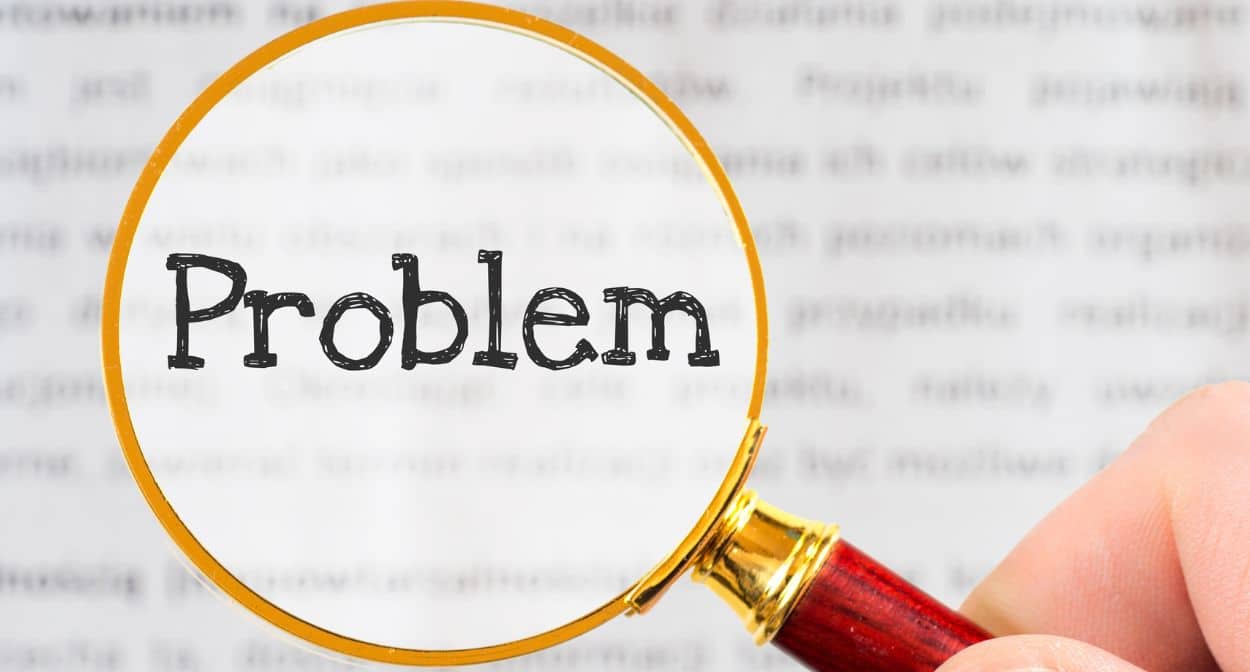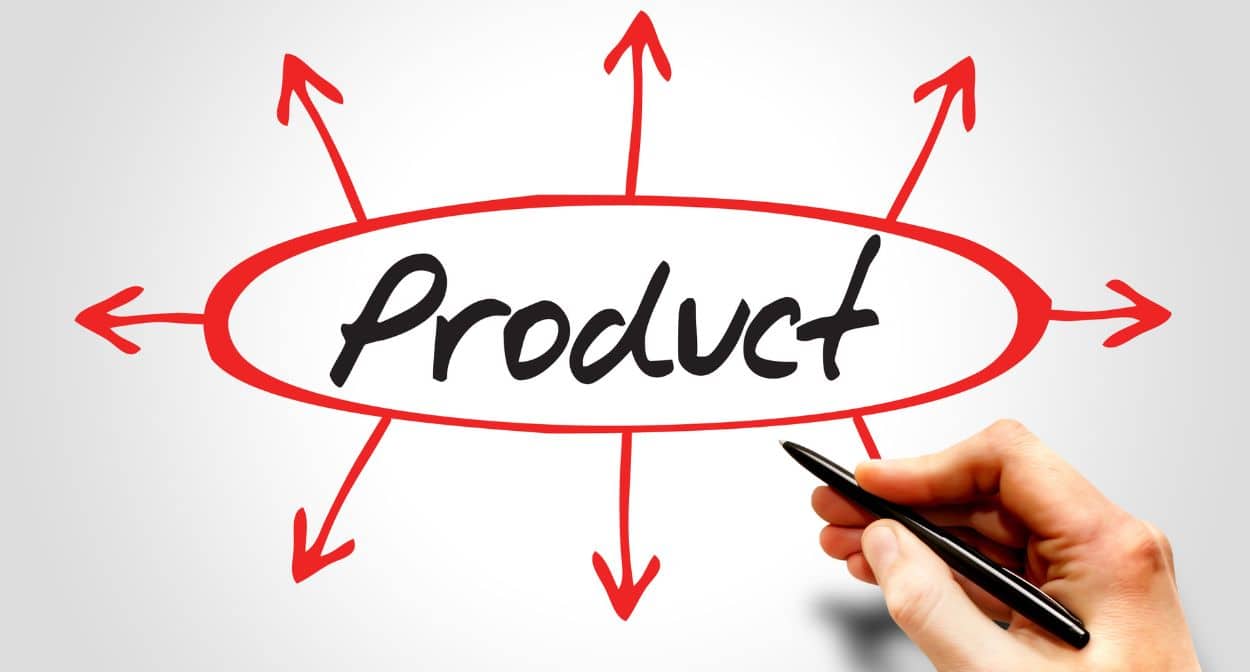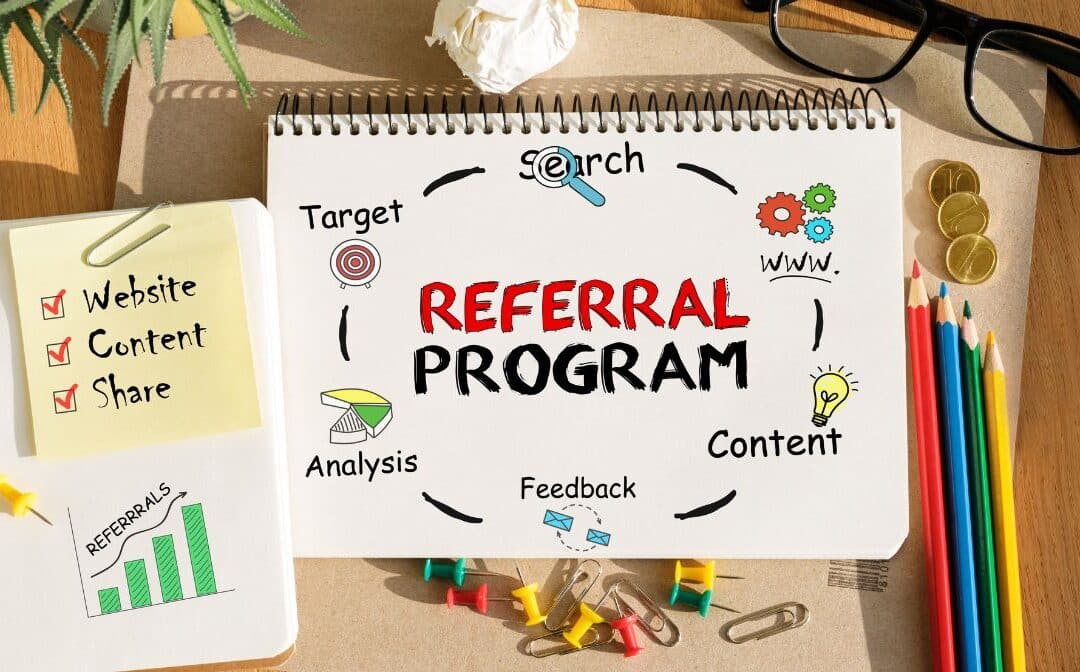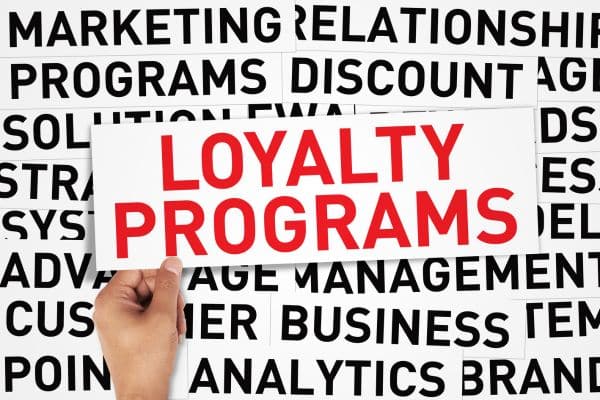
The Hidden Cost of an Outdated Website: What You’re Missing Out On
Ever thought, “If it ain’t broke, don’t fix it” might apply to your website? Well, hold your horses! This age-old saying may work for many things in life, but in the fast-paced digital world, it’s a mantra that could cost you dearly.
The Hidden Cost of an Outdated Website
Let’s dive into the nitty-gritty, shall we? It’s high time we shed some light on the hidden costs and unrealized potential of an outdated website.
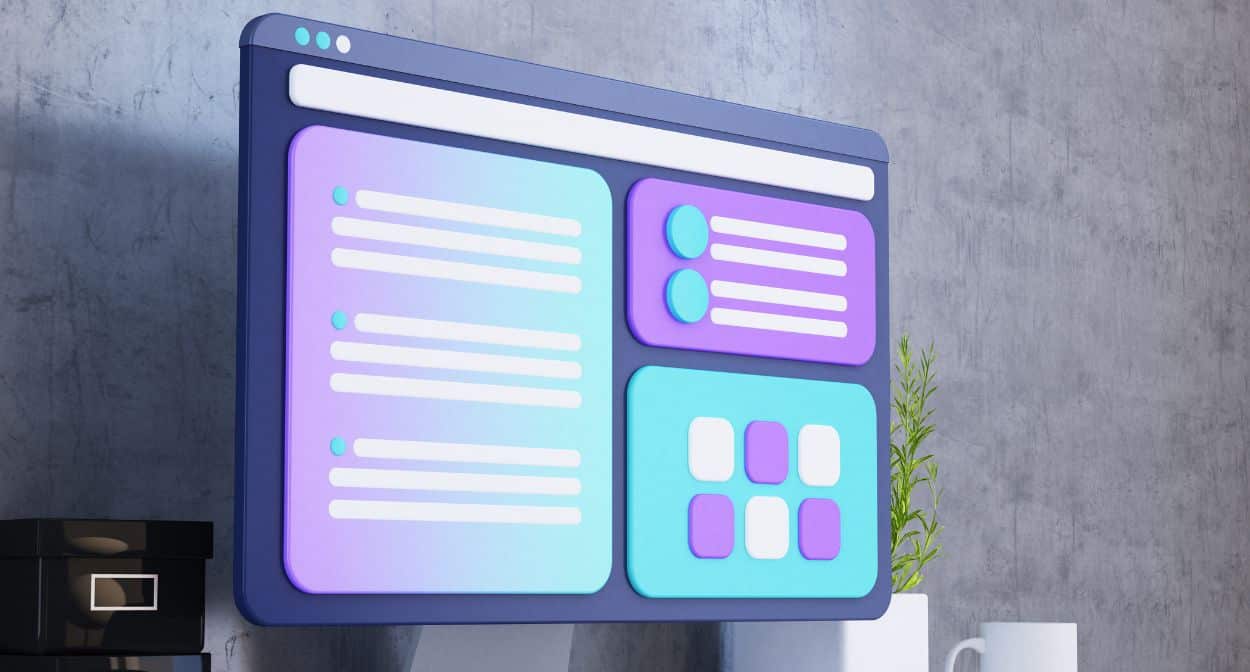
Reduced User Engagement
In the land of the Internet, the user is king. They rule with the power of engagement. An outdated website is like a crumbling castle – not very appealing for the king to stay. When your users visit and see a website stuck in the Stone Age of the Internet, they’re likely to turn tail and run.
Lowered Search Engine Rankings
Google, the mightiest squire of this digital kingdom, is always at work, sorting and ranking websites. But alas! An outdated website is likely to fall out of its favour. With algorithms constantly evolving, your website needs to stay updated to maintain or improve its ranking.
Missed Conversion Opportunities
This is where the rubber meets the road. An outdated website can greatly affect your conversion rates. From outdated designs that don’t encourage action to slow load times that have users bouncing off your site, the missed opportunities are plenty.
The Hidden Cost: Broken Down
Understanding these hidden costs requires a closer look. Ready to go down the rabbit hole? Here we go!

The Impact of User Experience (UX)
User Experience isn’t just a buzzword; it’s the backbone of your website. An outdated website often means a poor user experience. Let’s explore why.
Bad Navigation
Navigation is like the map to your website. Imagine having a map that’s outdated and misleading. Not a pretty picture, is it?
Slow Loading Times
In the age of instant gratification, speed is key. A slow-loading website is a surefire way to lose visitors.
Non-Responsive Design
With the explosion of mobile usage, a non-responsive design is like shooting yourself in the foot. You’ll be missing out on a huge chunk of potential audience.
The SEO Impact
Let’s face it, Google can be a tough cookie. Staying in its good books requires a modern, updated website. Here’s why.
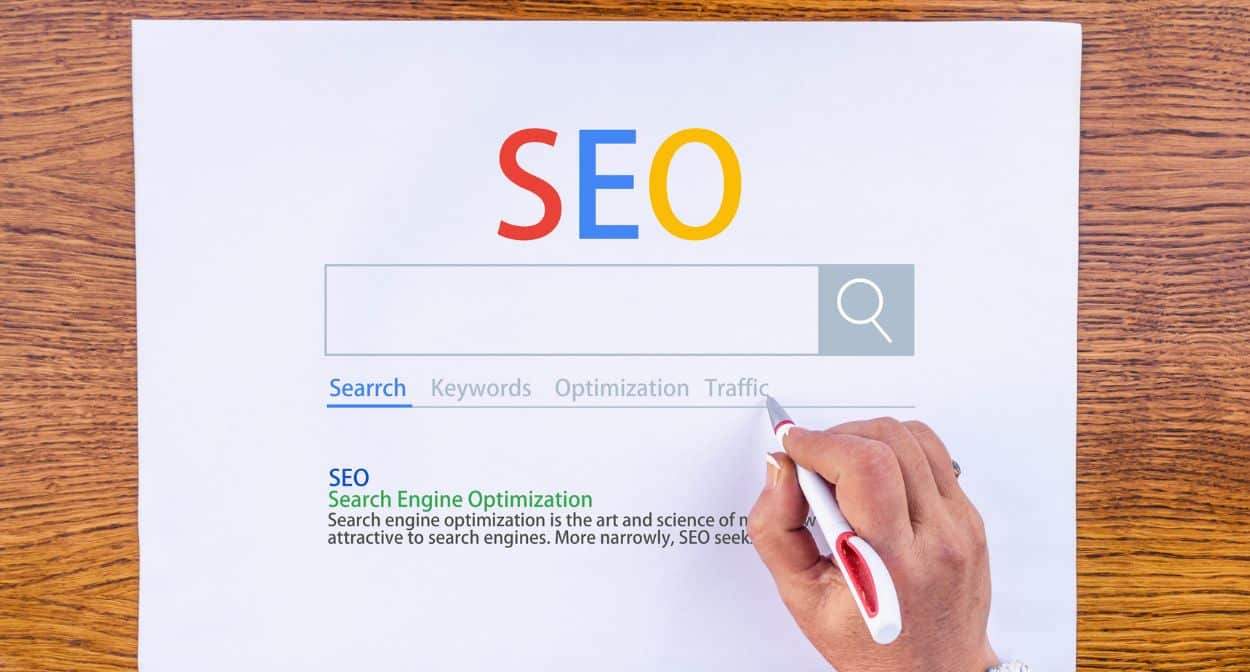
Algorithm Changes
Google’s algorithms are like the weather, constantly changing. An outdated website is ill-equipped to keep up with these changes.
Mobile-First Indexing
With mobile-first indexing, Google looks at the mobile version of your website first. An outdated website likely falls short on this front.
SSL Certificates
Security is a top priority for Google. Websites without an SSL certificate are at a disadvantage, leading to lower rankings.
Missed Conversion Opportunities: A Closer Look
The whole point of a website is to convert visitors into customers, right? An outdated website can seriously hamper this.
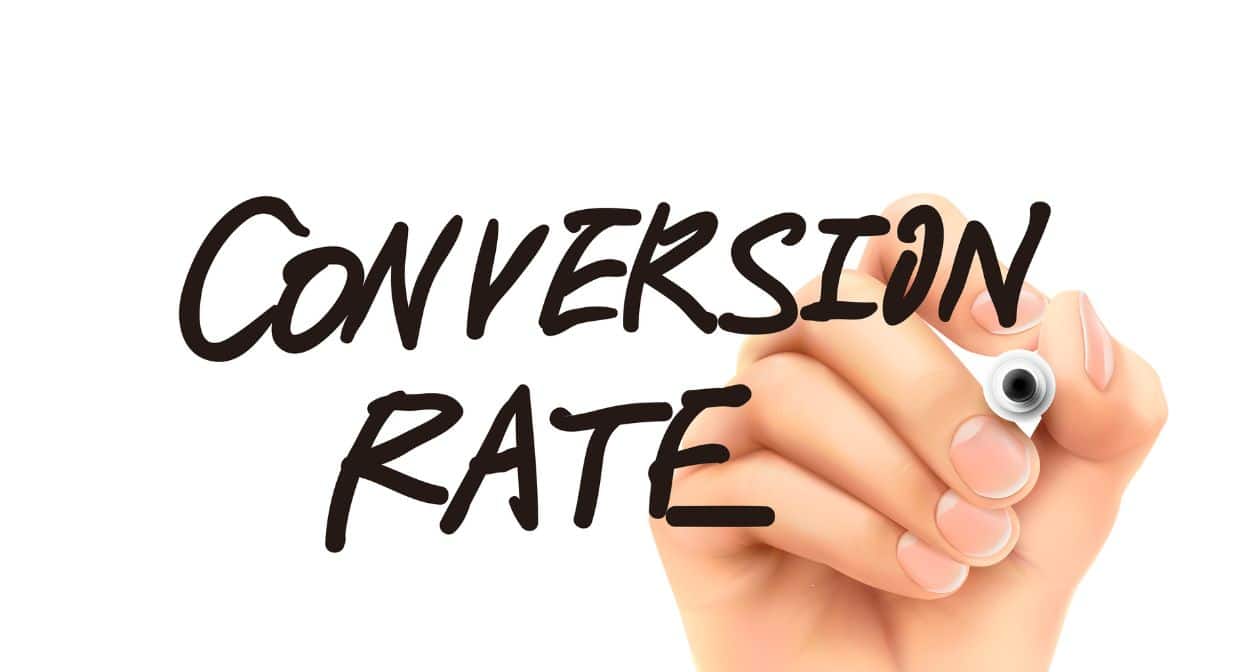
Poor Call-to-Action (CTA)
An effective CTA is like a signpost, guiding your visitors. Outdated websites often have weak CTAs, leading to lost conversions.
Lack of Trust
An outdated website can make your business seem untrustworthy. Remember, first impressions count!
Not Meeting Visitor Expectations
In this digital age, users have high expectations. Falling short can mean missed opportunities.
FAQs
Why can an outdated website hurt my business?
It’s not just about having a website; it’s about having a website that’s up-to-date. Many business owners, especially those from small enterprises, create their websites and then neglect them. This is a major misstep. A website needs to be dynamic to foster an active and loyal community. Regular updates are crucial for a smooth-running site. Just like software on our computers or apps on our smartphones, your website should also receive timely updates. With the dynamic demands of Internet users, no one appreciates stagnation.
What does updating a website involve?
Updating a website is a two-pronged approach involving refreshing the content and the back-end infrastructure. For instance, you might want to change your logo, enhance communication channels with your customers, or extend your product range. It’s also essential to update your site with new projects, marketing opportunities, achievements, or collaborations with key clients. Regular updates signal to your customers that your company is evolving and not standing still, which boosts their trust in your brand.
How often should I update my website content?
The frequency of updates depends on the nature of your content. Materials that are not evergreen, like articles about laws that are constantly changing, need to be refreshed regularly to prevent misleading readers. It’s crucial to keep your content current and relevant to maintain user trust and engagement.
What about the back-end updates?
Back-end updates are just as important, if not more. This includes updating the CMS engine or plugins responsible for the user’s comfort and the security of the website. An outdated website might not function as expected, especially on mobile devices. Hence, it’s essential to keep the back-end of your site updated, particularly if your website has been around for a while.
How can I tell if my website is outdated?
There are several signs that your website might be outdated. This includes slow page loading, illegibility, broken links, or outdated information on a given topic. Constant negative feedback from users also points towards poor user experience. Remember, the need for an update can also be seen in your website’s statistics. Lastly, if your website isn’t displayed correctly on mobile devices (non-mobile friendly), it’s likely outdated and provides a poorer user experience.
Conclusion
There you have it – the hidden costs of an outdated website laid bare. It’s not just about missing out on potential opportunities; it’s also about risking your online reputation and customer trust. In a world where digital presence is everything, can you afford to ignore the hidden costs of an outdated website? I think not. So, don’t get left in the digital dust. Keep your website updated, dynamic, and engaging. Your bottom line will thank you.




